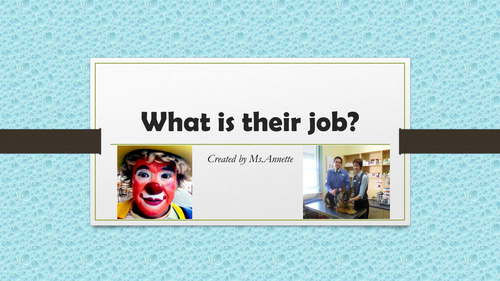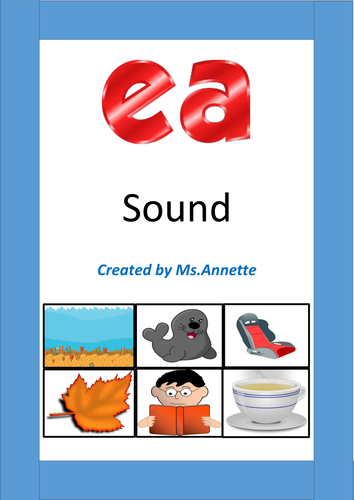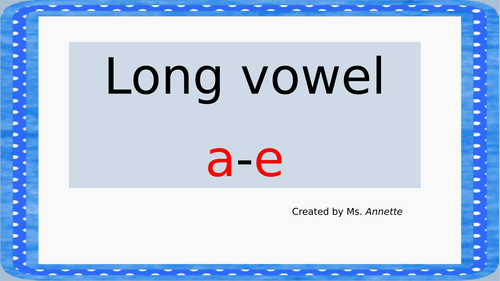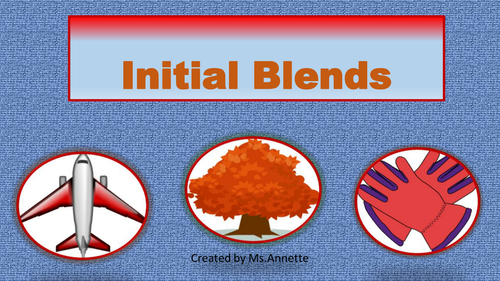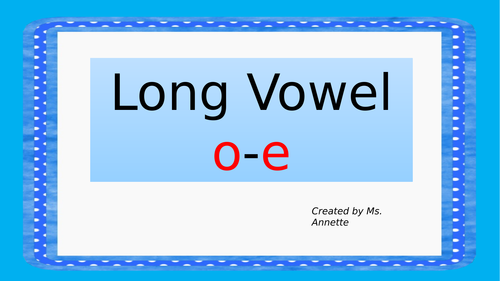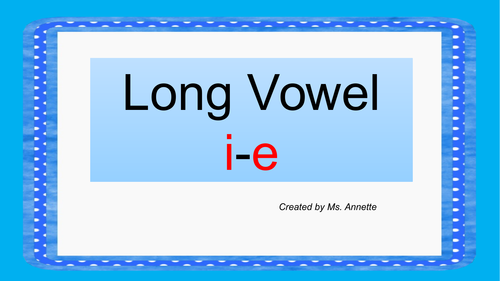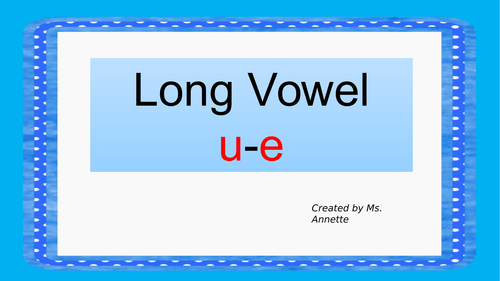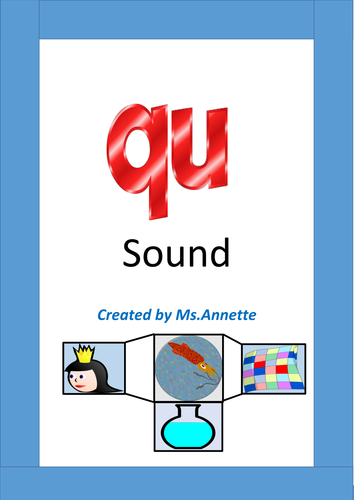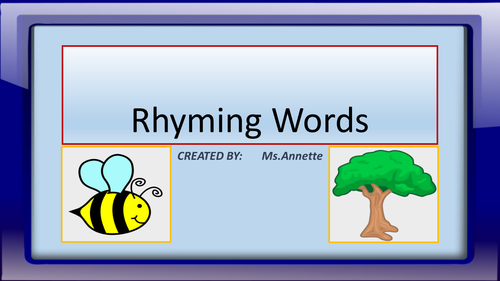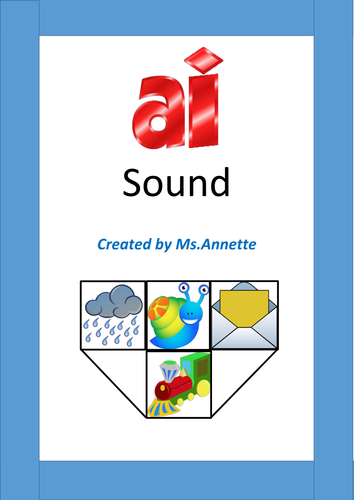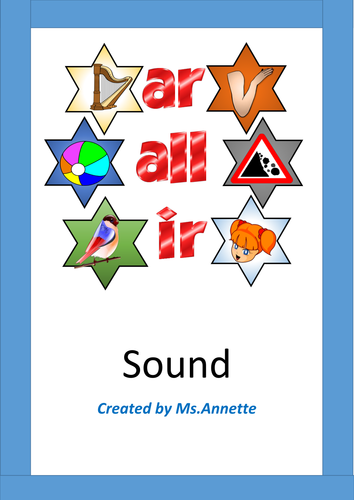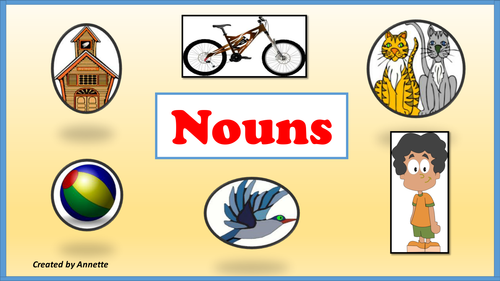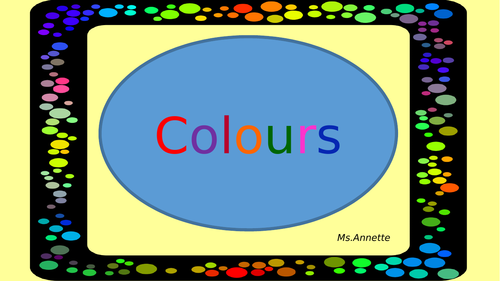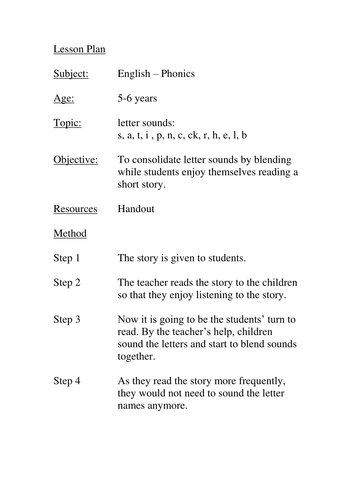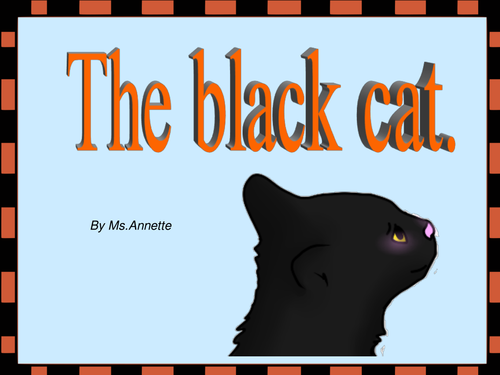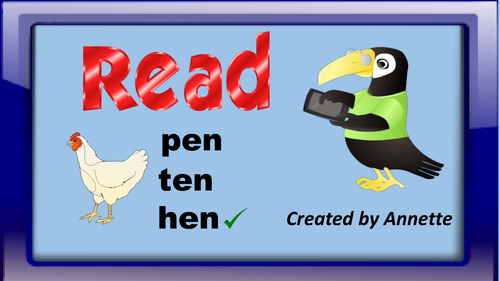
36Uploads
18k+Views
4k+Downloads
English language arts

Occupations. What is their job?
1. Power Point presentation. There are 27 slides in all. In each slide there is a picture and a short description of that particular job. Occupations in this resource include, a teacher, a doctor, a nurse, a dentist, a pharmacist, a veterinarian, a spaceman, a pilot, a postman, a policeman, a fireman, a cook, a waiter, a driver, a hairdresser, a carpenter, a tailor, a mechanic, an electrician, a plumber, a farmer, a fisherman, a jockey, a clown, an artist, a musician, and a photographer.
2. Occupations Flashcards
3. Occupations Bingo Game
Guess Who?
1. Laminate and cut the 6 Bingo Cards.
2. Draw and read the occupation.
3. Students have to work as a team and mark the right picture according to the word read.
4. The team who marks all the pictures first will win.

ea sound
In this resource there are 5 different tasks. In the first task students have to match pictures to words.
In the second task there is a Bingo Game. Word cards and pictures to draw are included.
The third task includes different sentences and students have to match pictures to sentences.
The next task is a handout. The first part of the handout includes a set of words to read. Then students have to complete the sentences by writing the right word according to the picture shown.
In the last task there are two comprehensions. The first comprehension is easier than the second one as students have to choose the right answer. The other comprehension has a similar text but it is more challenging as students have to answer the questions.

Long Vowel Sound a-e
1. The Power Point exposes students to the long vowel sound a-e. There is a presentation of 13 slides which show words with this vowel sound. The word is shown first so that students can say the word without the help of the picture. Then the picture appears.
In the next three slides, students can read the story 'James'. In this story, words with the long vowel a-e, are included.
2. This pdf includes various worksheets.
Read the words. Give this handout to your students to learn how to read the words with the long vowel sound a-e. You can also laminate this worksheet, cut the words and draw the words like in a bingo game. Read the word drawn and the students write it on their white boards. It is another way how you can do a spelling game in class.
Match the pictures to the words. Students can be given this worksheet to match the pictures to the words. The teacher can also laminate it, cut the pictures and the words and the students have to match the words to the pictures.
Write the word. Students have to read the sentence and then they have to write the word that matches to the picture shown.

/igh/ Sound
This resource will help students learn how to read and write words having the /igh/ sound. This resource includes four different tasks. In the first task there is a set of flashcards. The teacher can use these flashcards to teach students how the read words having the /igh/ sound. Students can also match the words to pictures. The second task includes a bingo game. There are pictures to draw and 5 sets of /igh/ words. In the third task, there are four pictures. Students have to write a story about the pictures shown. The fourth task includes a handout to print. Students have to fill in the blanks to complete the sentences. The words to choose from are all /igh/ words.

Initial Consonant Blends
1. The PowerPoint focuses on Initial Consonant Blends. There are 13 slides in all. Each slide includes a picture and three Initial Consonant Blends to choose from. When the student chooses the right consonant blend a tick appears.
This PowerPoint is ideal if you want to do a whole class teaching approach. It can also be used by students on their own.
2. Cards. In this resource there are 22 cards. Students have to say the name of the picture shown on the card and then they have to circle the right initial blend with a marker.

Before and After
In this powerpoint there are 28 slides in all. The first 7 slides help the children to learn the concept of before and after by means of pictures. For example: Which animal is after the cat? They have to choose the right animal and then a tick appears on the picture. The next 8 slides focus on the days of the week. Students have to think about what day comes before and after the day mentioned in the question. In the last 11 slides students have to say the numbers that come before and after the number given. The numbers used are two digit numbers.

Long vowel o-e
1. The Power Point exposes students to the long vowel sound o-e. First there is a presentation of 22 slides which show words with this vowel sound. The word is shown first so that students can say the word without the help of pictures. Then the picture appears. In the last two slides there is a short story to read.
2. This pdf includes various worksheets.
Read the words. Give this handout to your students to learn how to read the words with the long vowel sound o-e. You can also laminate this worksheet, cut the words and draw the words like in a bingo game. Read the word drawn and the students write it on their white boards. It is another way how you can do a spelling game in class.
Match the pictures to the words. Students can be given this worksheet to match the pictures to the words. The teacher can also laminate it, cut the pictures and the words and the students have to match the words to the pictures.
Write the word. Students have to read the sentence and then they have to write the word that matches to the picture shown.

Long Vowel i-e
1. The Power Point exposes students to the long vowel sound i-e. First there is a presentation of 24 slides which show words with this vowel sound. The word is shown first so that students can say the word without the help of pictures. Then the picture appears. In the last four slides there is a short story to read.
2. The pdf includes various worksheets.
Read the words. Give this handout to your students to learn how to read the words with the long vowel sound i-e. You can also laminate this worksheet, cut the words and draw the words like in a bingo game. Read the word drawn and the students write it on their white boards. It is another way how you can do a spelling game in class.
Match the pictures to the words. Students can be given this worksheet to match the pictures to the words. The teacher can also laminate it, cut the pictures and the words and the students have to match the words to the pictures.
Write the word. Students have to read the sentence and then they have to write the word that matches to the picture shown.

Long Vowel u-e
1. This Power Point is about the long vowel sound u-e. There is a presentation of 12 slides. The word is shown first so that students can read the word without the help of pictures. When the students read the word, the teacher can click so that the picture appears next to the word.
2. In this pdf you can find various worksheets.
Read the words. Give this handout to your students to learn how to read words with the long vowel sound u-e. You can also laminate this worksheet, cut the words and draw the words like in a bingo game. Read the word drawn and students will write the word on their white boards. It is another way how you can do a spelling game in class.
Match the pictures to the words. Students can be given this worksheet to match the pictures to the words. The teacher can also laminate it, cut the pictures and the words and the students have to match the words to the pictures.
Write the word. Students have to read the sentence and then they have to write the word that matches to the picture shown.

qu sound
In this resource pack you will find an activity for every student. The activities are graded. There are easy ones and more challenging activities to do.
Tasks in this resource pack.
1. Flash Cards. Students can match the words to the pictures.
2. A handout having /qu/ words, sentences to read and a fill in exercise.
3. A comprehension. Its text focuses on the use of the /qu/ sound.
4. A Crossword puzzle.

Rhyming Words
This power point is useful if the teacher is working on developing phonological awareness. It includes a set of 10 slides. In each slide there are 3 pictures. There are no words shown. The teacher says the three words and the students have to find the two rhyming pictures. The one which does not rhyme will fade away.

ai sound
In this resource pack you will find an activity for every student. The activities are graded. There are easy ones and more challenging activities to do.
Tasks in this resource pack.
1. Flash Cards. Students match the words to the pictures.
2. Bingo Game.
3. Flash Cards. Students match the sentences to the pictures.
4. A handout. Students have words to read and a fill in exercise. They have to write the words to match the pictures.
5. Two Comprehensions. Both comprehensions have the same text. The first comprehension is easier as students have to choose the correct answer. The second comprehension is more challenging as students have to answer the questions asked.

/ar/ /all/ /ir/ sound
In this resource pack you will find an activity for every student. The activities are graded. There are easy ones and more challenging activities to do.
Tasks in this resource pack.
1. Flash Cards. Students match the words to the pictures.
2. Flash Cards. Students match the sentences to the pictures.
3. A handout. Students have words to read and a fill in exercise. They have to write the words to match the pictures.
4. Two Comprehensions. Both comprehensions have the same text. The first comprehension is easier as students have to choose the correct answer. The second comprehension is more challenging as students have to answer the questions asked.

Nouns. Common and Proper Nouns.
This power point is about Nouns. It also refers to Common and Proper Nouns.
In the second slide there is the explanation of what nouns are. In the next two slides, the teacher can ask the students to choose the nouns. When the teacher clicks the nouns go into the bucket. In the fifth and the sixth slide there is the explanation of what common and proper nouns are. In the next two slides students have to choose the Common nouns. Every time the teacher clicks the Common nouns go into the sack and then in the bag. In the ninth and tenth slide the students have to choose the Proper nouns. Again when the teacher clicks the nouns go into the sack first and then into the bag. In the last four slides students have to choose the nouns in sentences. When the teacher clicks the sentence appears. The students will then identify where the nouns are. Then when the teacher clicks again, the same sentence appears but this time the nouns are coloured. There are eight sentences in all.

Learn how to say the colours in English.
This is a PowerPoint presentation. The first 11 slides focus on colour names. On each slide the students can see the colour name first. This helps the students to learn how to read the colour name without the help of the colour's picture. When the student reads the word correctly, the teacher can click and the colour appears.
The next 11 slides focus on sentences. Students have to continue the sentence by choosing the right colour. They have three colours to choose from. When they select the right colour, the teacher can click and the wrong answers disappear. The right answer goes next to the words in the sentence.

Story - The red hen
In the story the letter sounds, s, a, t, i , p, n, c, ck, r, h, e, l, b are used.

The Black Cat
This is a story about a black cat. This is ideal for first time readers. Many of the words in this story are decodable.

Read CVC Words
This is a power point presentation. On each slide there is a picture. Then 3 CVC words appear. Students have to read all the words and choose the right CVC word.

